projects
Please click each project for more details!
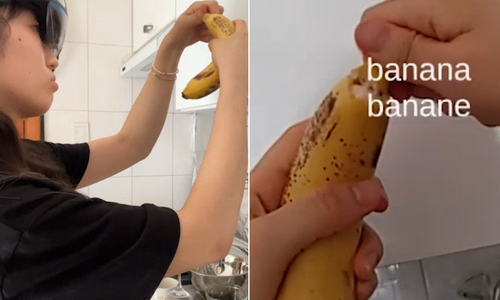
EARLL
Embodied AR Language Learning
Research in learning sciences highlights the importance of tangible manipulatives and physical interactions in learning, with some studies specifically noting its positive impact on learning foreign vocabulary. Informed by prior work, we designed and built EARLL to use interactions with everyday objects, such as grabbing, as cues for teaching foreign vocabulary. EARLL is an embodied and context-aware language learning application for wearable AR that leverages recent advances in AR, CV, and depth sensing that continuously segments and localizes objects in a user's vicinity, checks for grabbing gestures, and prompts foreign vocabulary when appropriate.
This research was advised by Prof. Jon Froehlich at the University of Washington and was showcased as a demo at UIST 2024.
This research was expanded into my bachelor's thesis in Computer Science and Engineering major and won Best Poster at the SNU CSE Thesis Showcase.

[My role in this project]
Designing and implementing system; co-first author
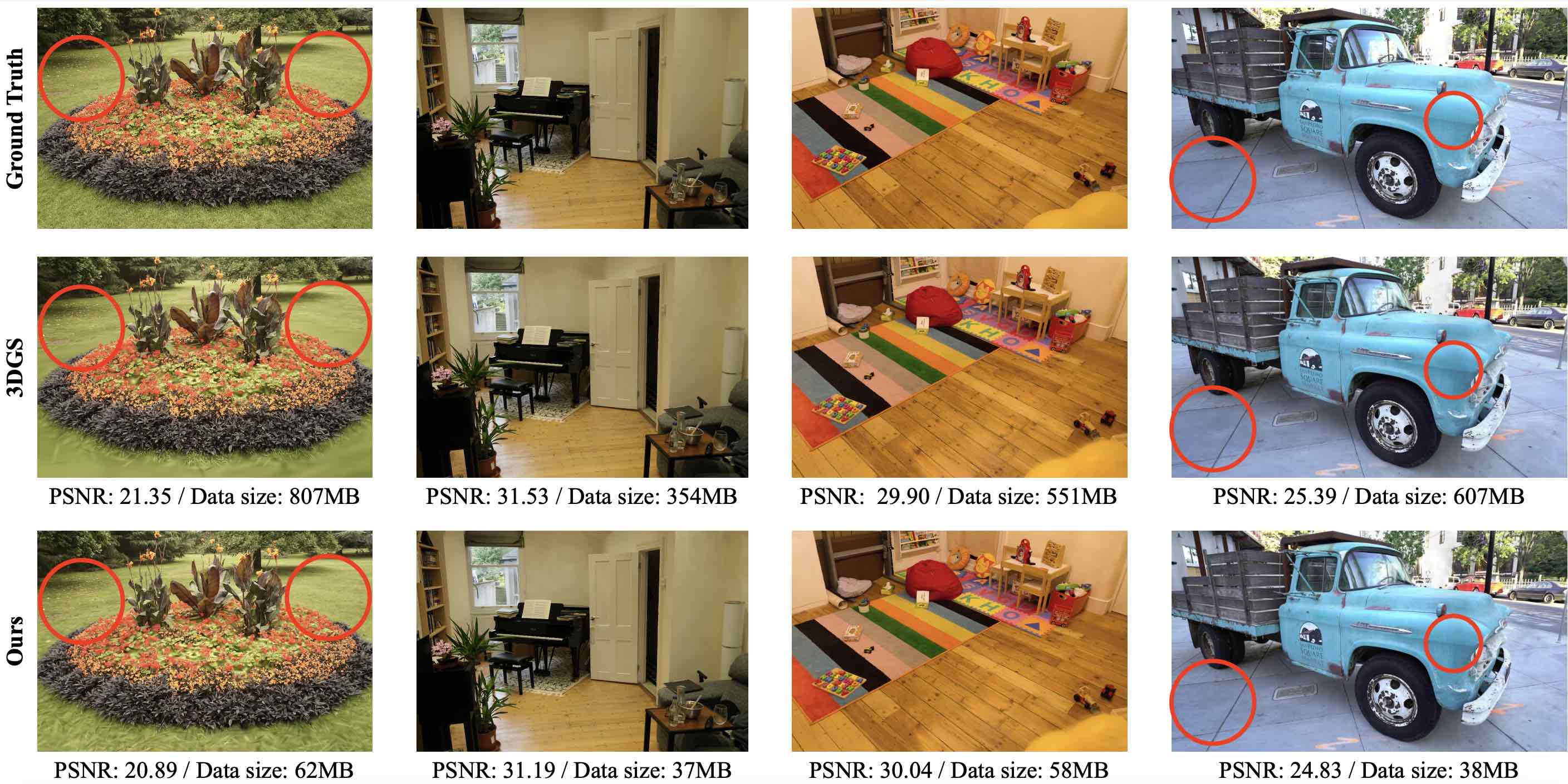
Efficient Densification Method for 3DGS
Color-cued Efficient Densification Method for 3D Gaussian Splatting
3D Gaussian Splatting is a powerful technique for real-time, high-quality novel view synthesis; however, its large data size poses challenges for practical applications. We identified an opportunity to enhance the densification process that generates ellipsoid primitives in 3D Gaussian Splatting. By proposing a novel densification method that leverages color cues to create primitives more conservatively, we achieved a reduction in data size while maintaining image quality.
This work was advised by Prof. Youngki Lee and was presented as a full paper at the 3DMV Workshop at CVPR 2024.
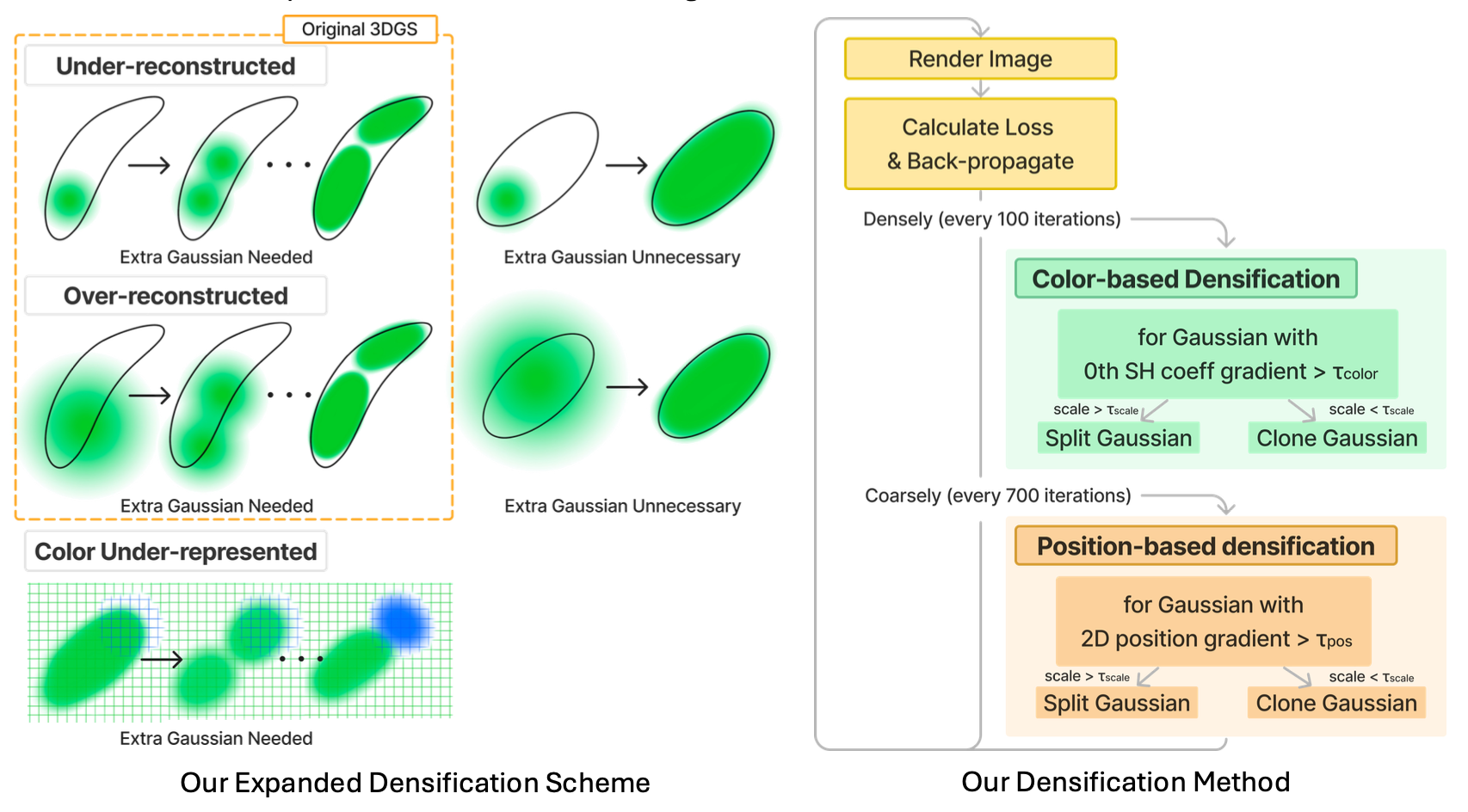
[My role in this project]
Leading the project
ChemLab Planner
Educational Tool System to Support Planning and Execution of Chemistry Lab Classes
ChemLab Planner
Educational Tool System to Support Planning and Execution of Chemistry Lab Classes
Many challenges in undergraduate chemistry labs arise in the complexity of lab manuals and the lack of time specifications which are typically conveyed through videos or live demonstrations that are often unavailable. To address this, I developed an educational tool that uses LLMs to convert text-based lab manuals into structured timelines, helping students thoroughly understand and plan their experiments within the context of the actual lab environment.
To better understand students' struggles and define design goals, I conducted surveys and interviews with 65 undergraduate students. This study was approved by the SNU Institutional Review Board.
This research was selected for presentation at the Student Research Contest in CHI 2025, where it won second place.
This research is my bachelor’s thesis for the Chemical and Biological Engineering major advised by Prof. Moo Sun Hong. It is funded by a research grant from the SNU Learning Science Laboratory.
[My role in this project]
Independent Project

PlayEye
Toy for Preventing Child Myopia
PlayEye
Toy for Preventing Child Myopia
Grand Prize of 2023 Creative Design Fair, SNU Engineering
Child myopia is a serious and growing issue, with a prevalence of 75.2% as of 2021 in Korea. Regular eye exercises are known to help prevent myopia, yet motivating children to engage in these exercises is challenging. To address this issue, we developed PlayEye, a toy that promotes natural eye exercise through play, encouraging children to care for their vision while having fun.
PlayEye offers three eye exercise modes tailored for myopia prevention and a touch mode for fine motor development. In the eye modes, children “extinguish” lights on the pad by looking toward illuminated spots, guided by our gaze-tracking algorithm, which confirms alignment of gaze direction with pad location.
This project won the Grand Prize at the 2023 Creative Design Fair organized by SNU Engineering.

[My role in this project]
Developed software integrating multiple I/Os
Gig Tutors' Perception on Algorithmic Feedback
Understanding Gig Tutors and Their Perceptions on Algorithmic Feedback in an Online English Tutoring Platform
Gig Tutors' Perception on Algorithmic Feedback
Understanding Gig Tutors and Their Perceptions on Algorithmic Feedback in an Online English Tutoring Platform
While gig platforms offer increased opportunities for language learning through flexible, location-independent tutoring, maintaining the quality of gig tutors has emerged as a new challenge. Given the nature of gig work, tutors are inevitably evaluated by the platform, but these evaluations are often designed primarily for the platform's benefit, leaving tutors with limited feedback to improve their performance. We surveyed gig tutors about their perceptions of an automated evaluation system prototype on Ringle, an online language tutoring platform. Our findings highlight tutors’ need for explainability and a better understanding of the discrepancies between automated evaluations and student feedback. We aim to suggest design implications for future gig tutor evaluation systems to better support tutors' growth and effectiveness.
This research was advised by Prof. Juho Kim at KAIST, and is currently under review.
[My role in this project]
Designed and analyzed surveys and interviews; co-first author
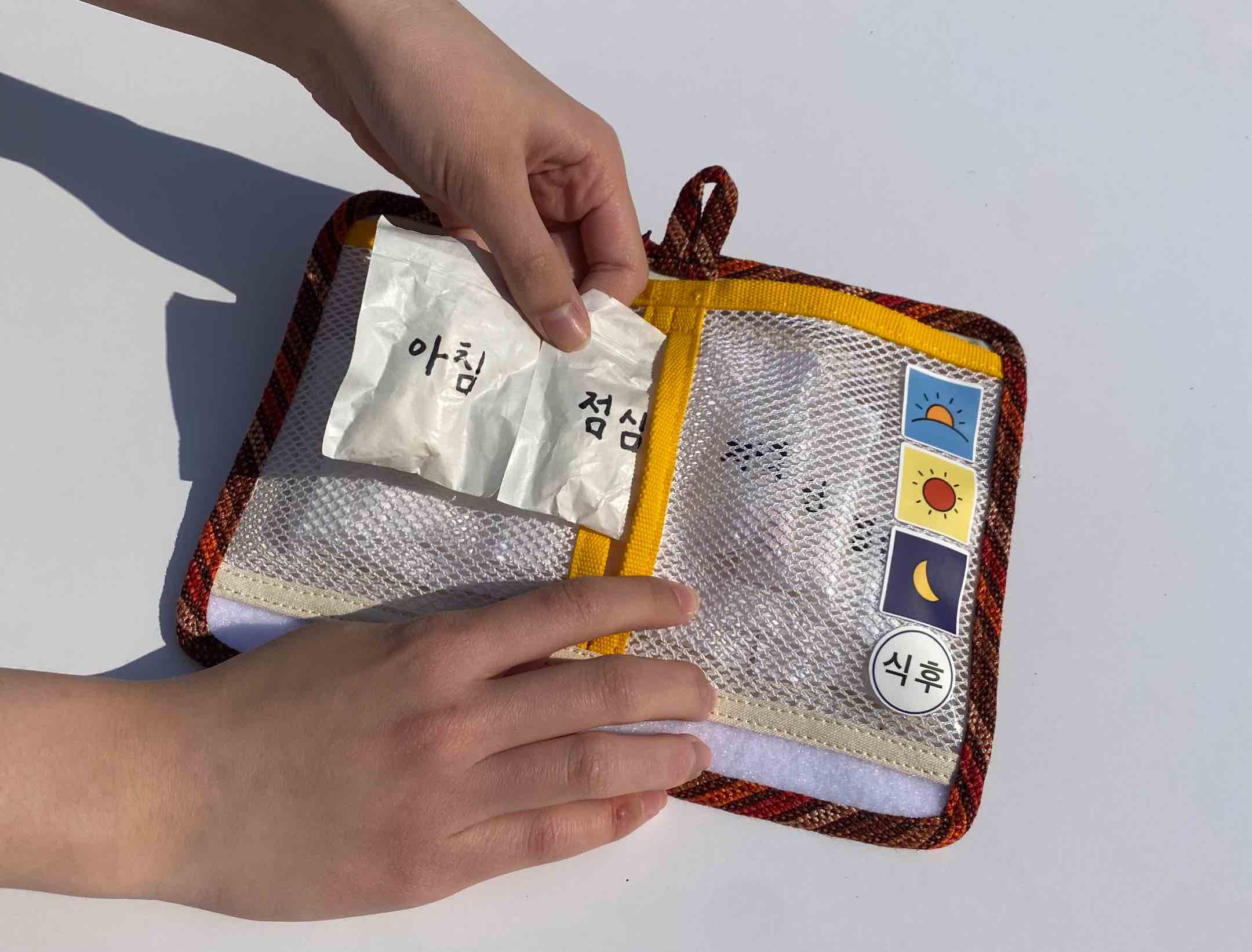
Yaksok
Medication Pouch Design for Improving Elderly Medication Compliance
Yaksok
Medication Pouch Design for Improving Elderly Medication Compliance
Grand Prize of 2021 Social Responsibility Plus+ Contest, SNU Social Responsibility
Medication compliance is a major challenge for elderly individuals in Korea, especially those managing multiple prescriptions. Through interviews with elderly patients and pharmacists, we identified key issues in remembering doses and timing, revealing significant unmet needs in this area.
Based on our findings, we designed an medication pouch to simplify the medication process, helping elderly users track their doses and improve compliance. With prize money and crowdfunding, we mass-produced and distributed these pouches to senior welfare centers in Seoul, making a meaningful impact.
This project won the Grand Prize at the 2021 Social Responsibility Plus+ Contest organized by SNU Social Responsibility.
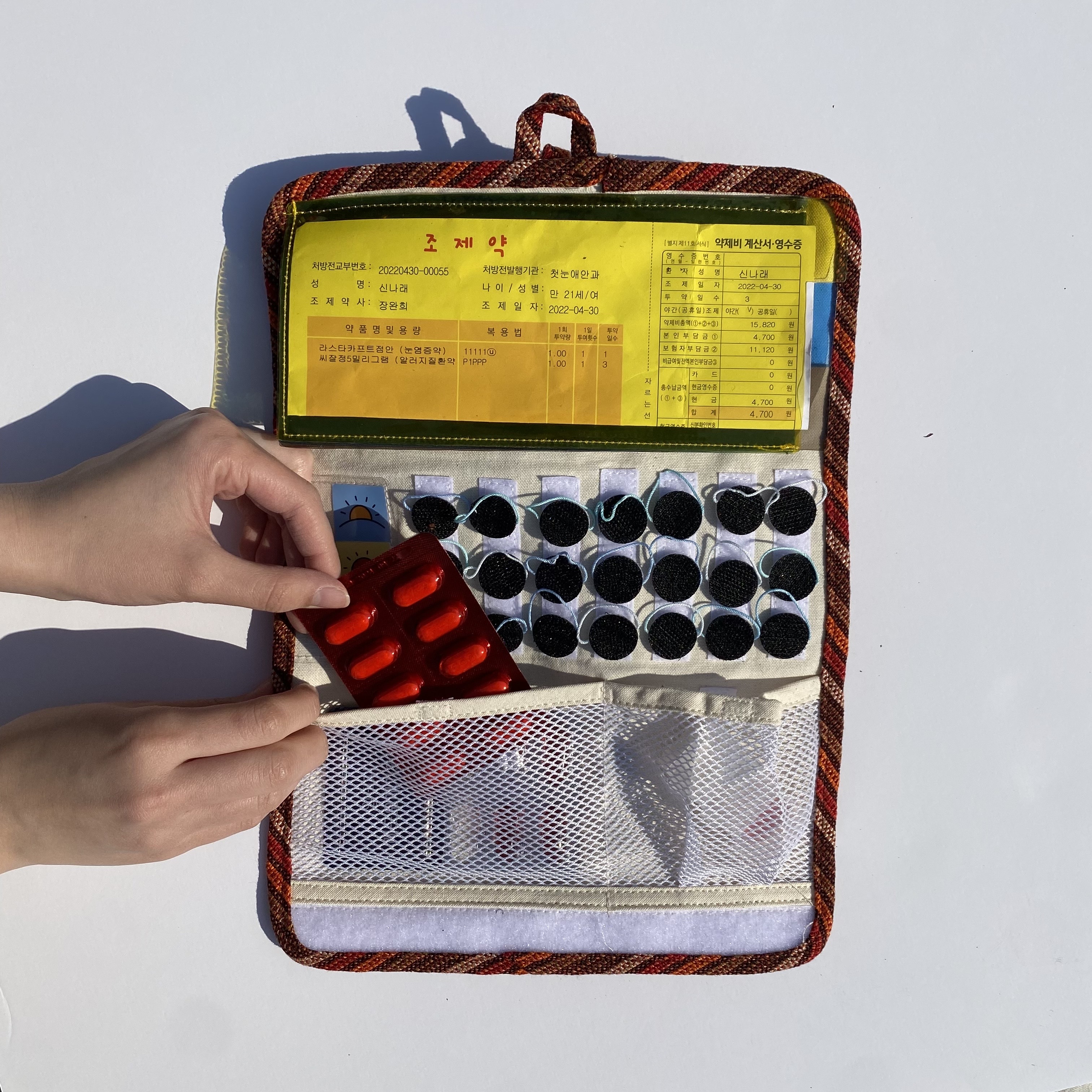
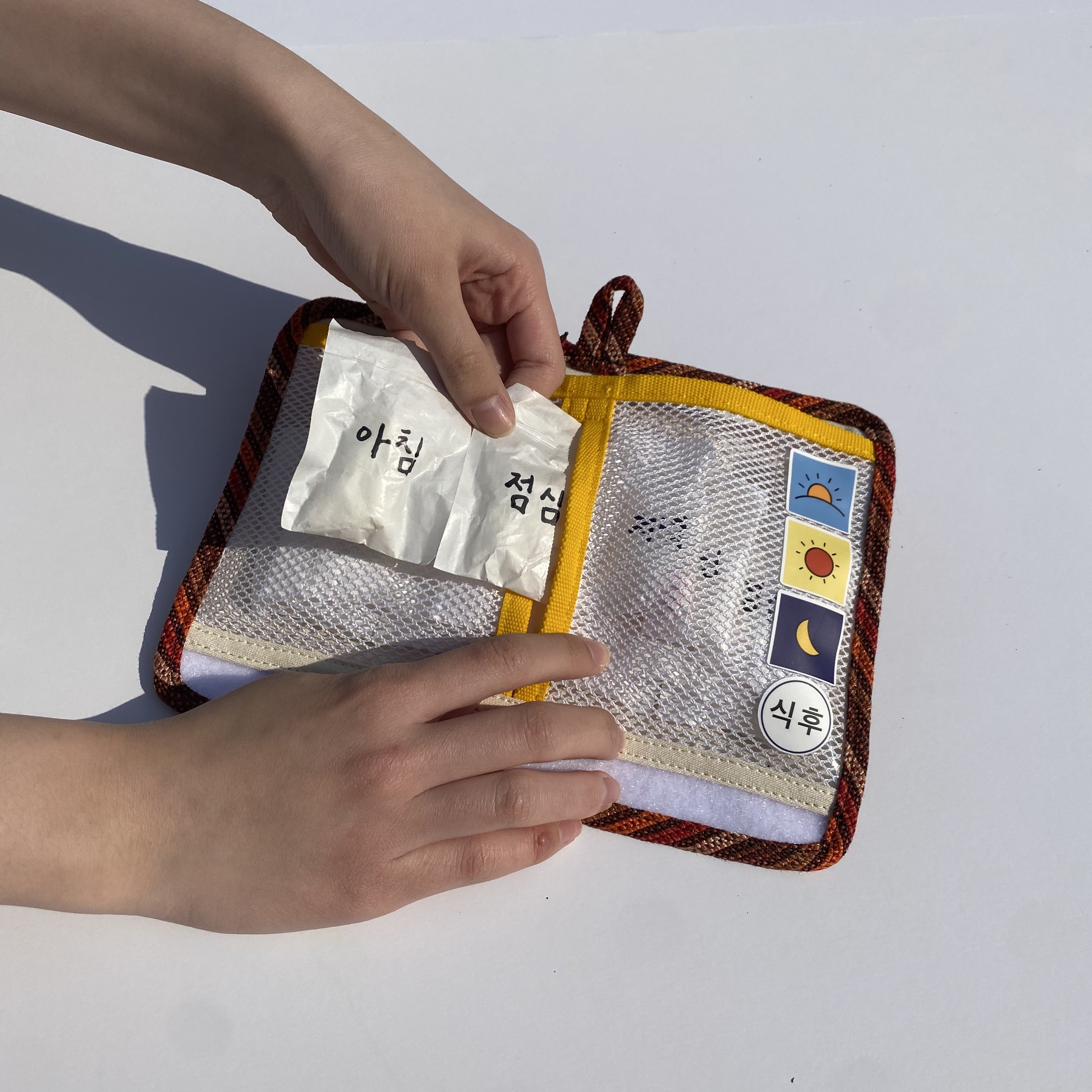
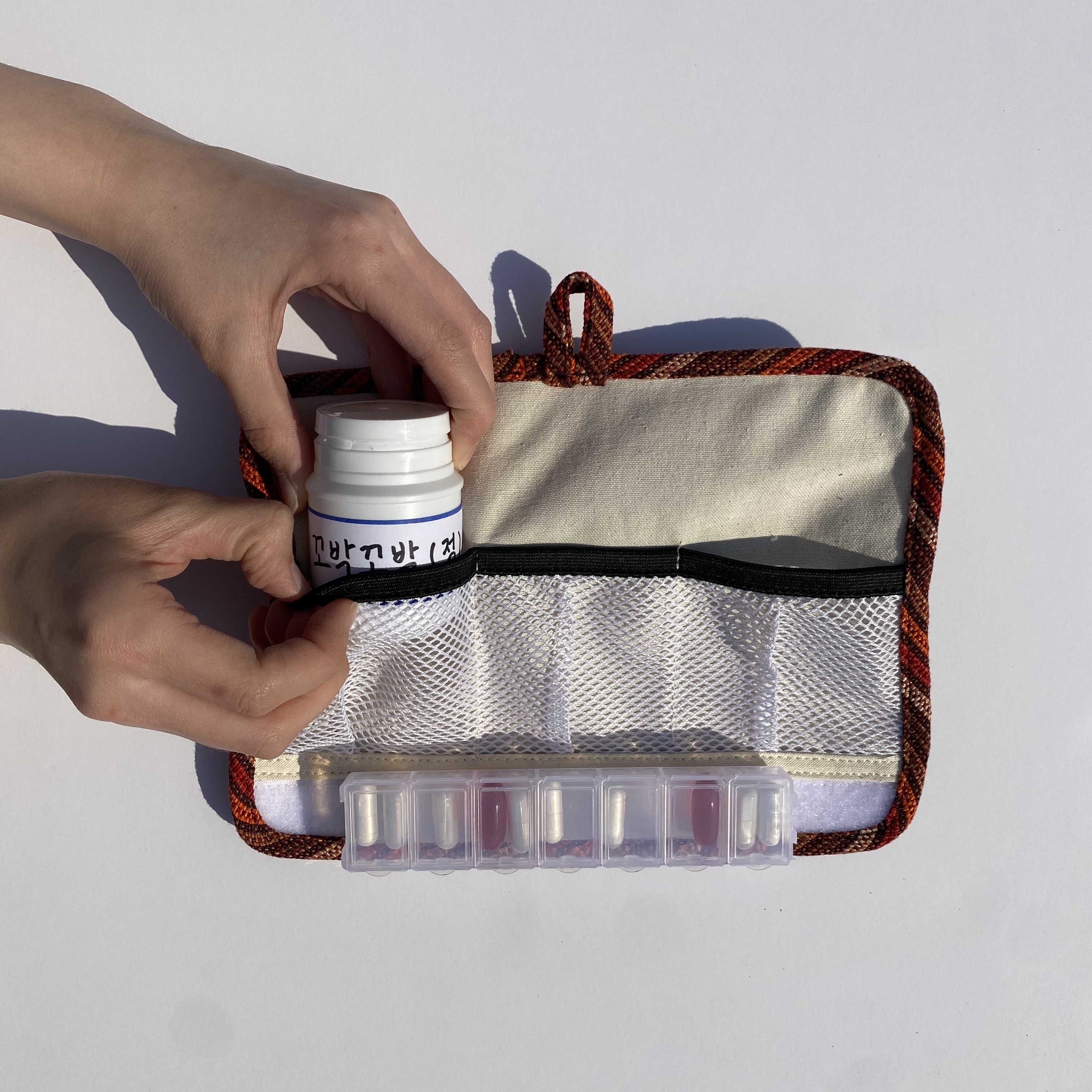
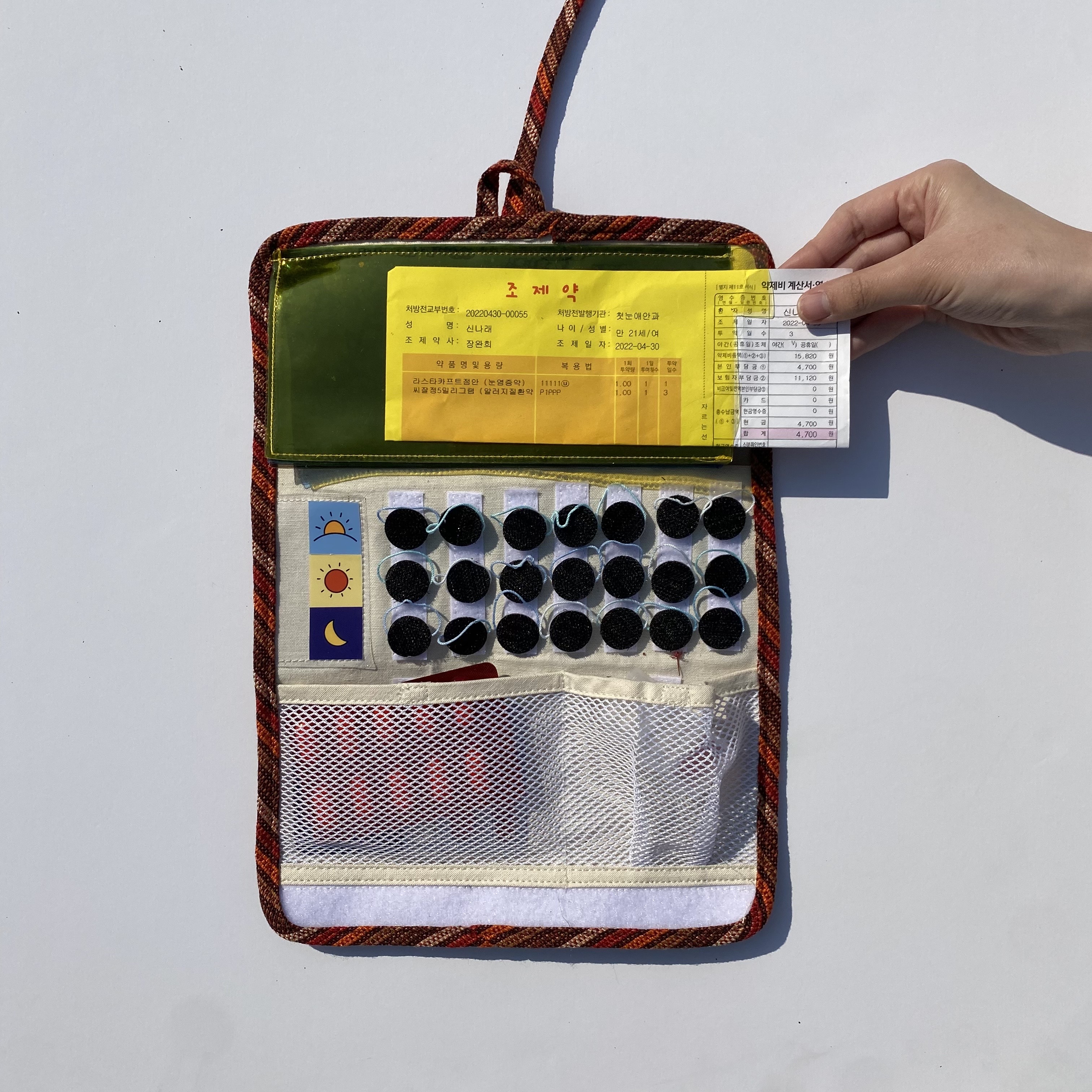
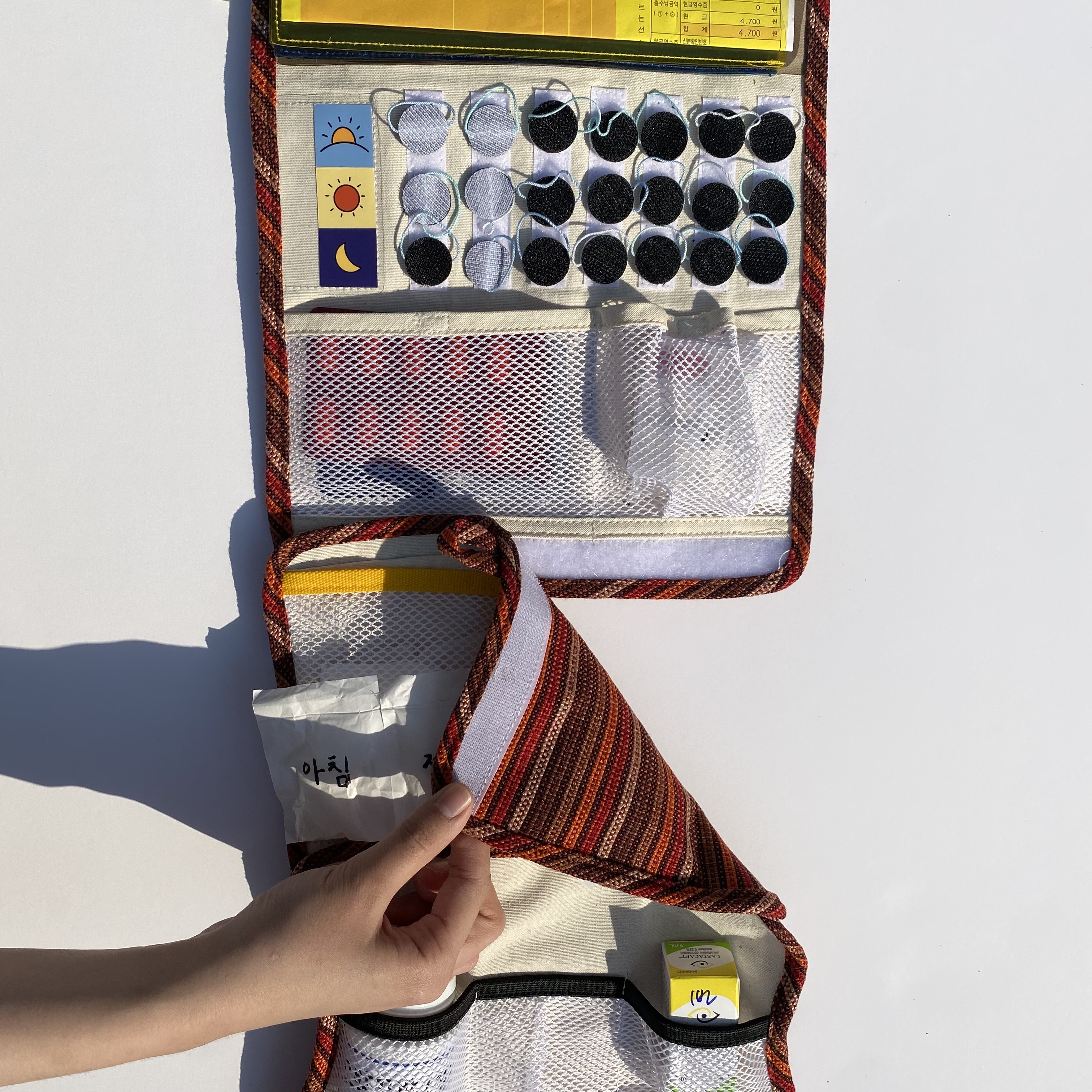
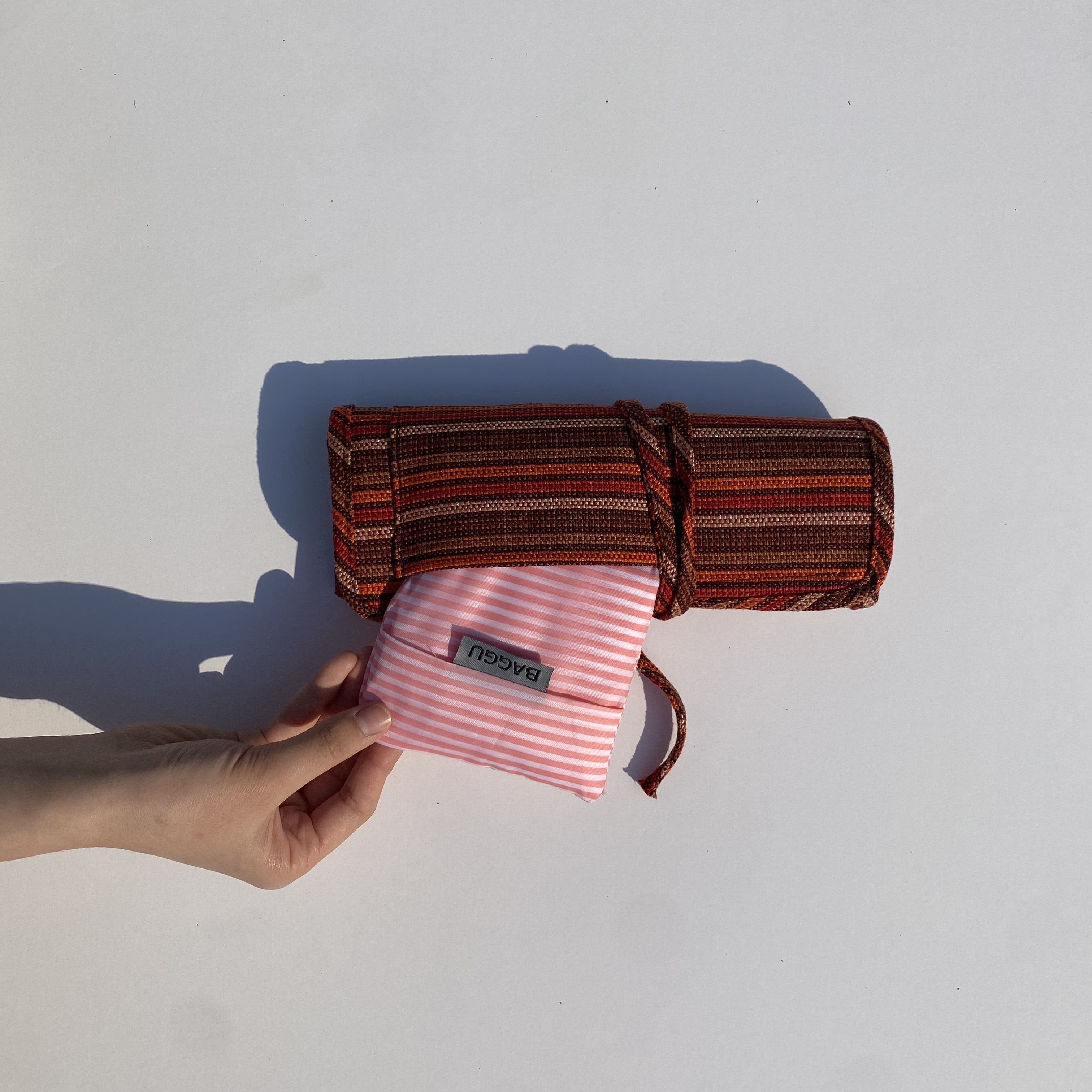
[My role in this project]
- Design lead of a team of 5
- Designing and prototyping
- Communicating with factories for mass production
- Coordinating with public senior welfare centers for distribution and user study
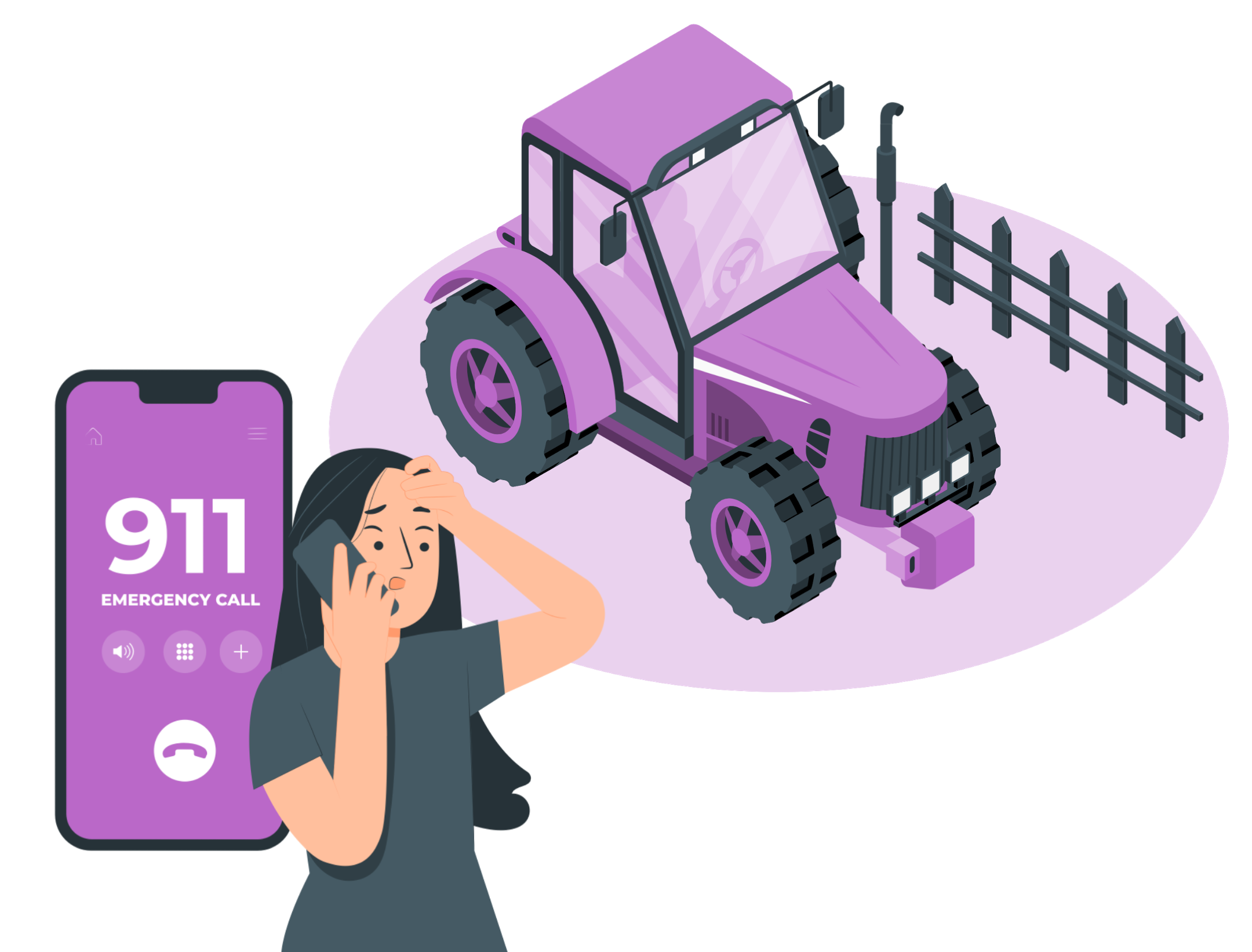
Tractor Emergency Reporting Device
Real-Time Emergency Communication System for Overturned Tractors Using Discarded Cell-phones
Tractor Emergency Reporting Device
Real-Time Emergency Communication System for Overturned Tractors Using Discarded Cell-phones
Grand Prize of 2020 Creative Design Contest for the Under-privileged 90%, Sharing and Tech Inc.
Tractor accidents are increasing, particularly among elderly farmers. Through interviews, we identified that a key reason is that these farmers often work alone and leave their phones behind, leading to delays in emergency reporting and potentially severe consequences. While devices exist to address this issue, they are typically expensive and not suited to the needs of small-scale farmers.
To tackle this problem, we developed a cost-effective, real-time emergency reporting device designed for tractors. This device detects accidents based on position and movement data and instantly reports emergencies using GPS and recycled cell phones.
This project won the Grand Prize at the 2020 Creative Design Contest for the Under-privileged, organized by Sharing and Tech Inc.
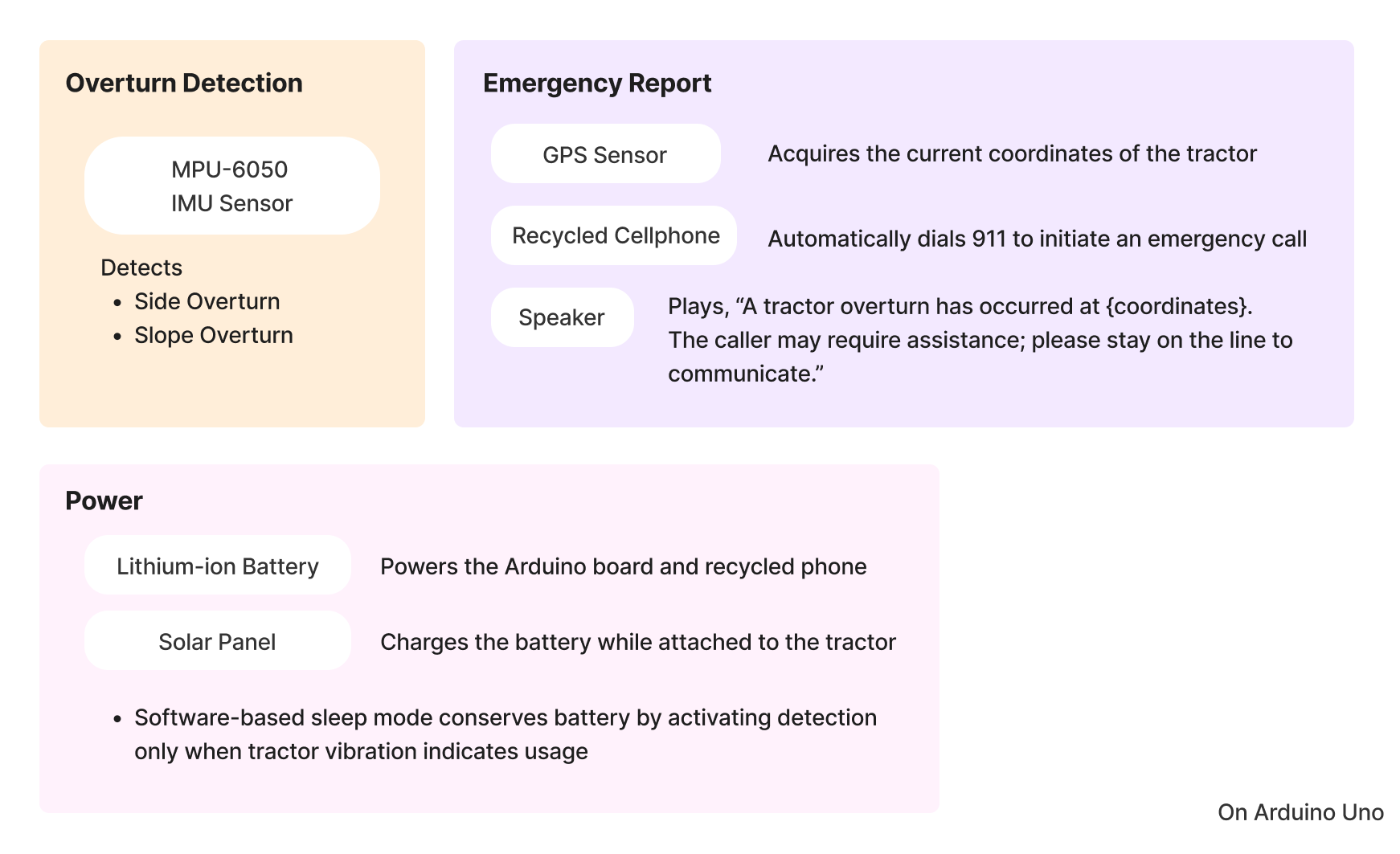
System Components
[My role in this project]
- Tech lead of a team of 6
- Developed software integrating GPS modules, gyroscope sensors, and recycled phones
- Prototyping
Mobile Telepresence via NeRF
Adapting NeRF and its variants to enable hyper-realistic telepresence on mobile platforms
Mobile Telepresence via NeRF
Adapting NeRF and its variants to enable hyper-realistic telepresence on mobile platforms
We adapted Neural Radiance Fields (NeRF) and its variants to enable real-time, hyper-realistic telepresence on mobile platforms. An important system component was designing data-efficient representations that meet the tight latency requirements. I implemented multiple approaches, including post-training compression methods on mesh-based NeRF variants and 3D Gaussian Splatting (3DGS).
This work was advised by Prof. Youngki Lee.
[My role in this project]
Researched mesh-based NeRF variants for integrating them to represent dynamic scenes
EV Driving Pattern Analysis and Prediction Using Big Data
Hyundai Motor Company
EV Driving Pattern Analysis and Prediction Using Big Data
Hyundai Motor Company
At the Battery Performance Technology Development Team, I led a research project investigating battery degradation in newly released EVs, focusing on diverse driver personas based on car types. This involved analyzing driving and charging patterns across a wide range of EVs at Hyundai Motor Company to uncover usage trends. Using PyBAMM, I forecasted battery performance for each driver persona. By analyzing real-world EV data, this project provided insights into car-specific usage patterns, enabling predictions and visualizations of driving, charging, and location trends to inform upcoming EV models.
[My role in this project]
Independent project